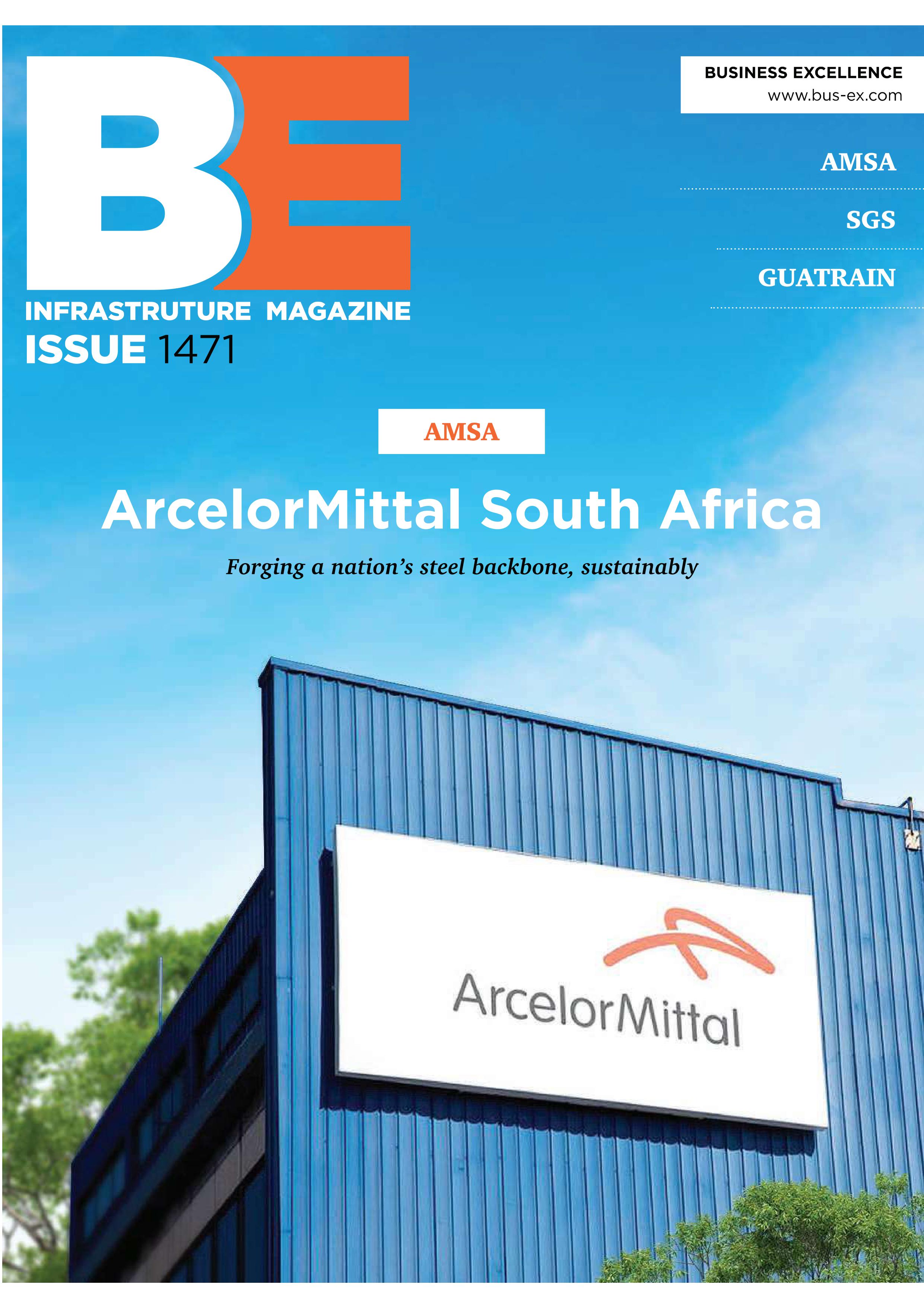
The finest rubies are rarer and more valuable than diamonds and for many the icy brilliance of the latter is no match for the colour, warmth and romance of the former. Their prices are on the rise too: the record of just under $275,000 per carat set in 2005 has since risen to over $550,000. The world’s richest source of fine rubies, Burma, is still under an embargo and the market is hungry for gemstones of that quality, particularly if they can be certified ethical.
In that context, True North Gems’ Aappaluttoq Ruby Project is coming on stream at just the right time for the ruby market, which is worth $2.1 billion annually. Basically, ruby is a form of aluminium oxide (Al2O3), or corundum, which at nine on the Mohs scale sits just one place lower than the hardest element diamond. Demand today, says Nick Houghton, President and CEO at True North Gems, who has lived and breathed gemstones since he started work in 1974, is almost entirely from the jewellery trade: “There are some industrial uses for corundum but the main one, as an abrasive, is nowadays satisfied by synthetic material.”
The Aappaluttoq Ruby Project, presently 100 percent owned by True North Gems is a unique opportunity for the world market to source first quality traceable gemstones that satisfy their customers’ growing demand for jewels that are free from any taint of conflict or human exploitation. Both ruby and pink sapphire (red and pink varieties of corundum), are found here. Multi crystalline stones weighing more than 80 grammes (400 carats) have been found.
Located on the south-west coast of Greenland, about 160 kilometres south of the capital Nuuk, the site is accessible all year round, and just four kilometres from open water. The mine is now fully permitted since the local authority, the Municipality of Sermersooq and City Council, approved its Impact Benefit Agreement in June (IBA). In Greenland an IBA, essential for every prospective mine, is no formality – it testifies to the need to develop the project in a sustainable manner, with jobs, training opportunities and economic benefit to the local community, Houghton emphasises. “We were able to show that everything is in place. The IBA was a huge achievement – it is a partnership between us and the communities and the people of Greenland.”
That was just the latest in a string of achievements this year for the company. In March it was granted a 30-year mining licence, or exploitation licence, paving the way to mine construction, which True North Gems is looking to commence later this year. Nick Houghton gives full credit to the Greenlandic authorities, in particular the Ministry of Industry and Mineral Resources and the Mineral Licensing and Safety Authority (MLSA, formerly BMP) in smoothing the path to this vital milestone: “We are working in a country that recognises that you need to be able to plan long term. That long term thinking on the part of the government is essential to the success of any mining operation: you have to be able to work with the government as well as the local people.”
The exploitation agreement was followed by the operating licence and rigorous environmental and social impact assessments. Greenland may seem a relatively sparse country, both in terms of population and vegetation, but that is part of the reason it is determined to develop its resources with minimal adverse impact on either, Houghton insists. The open pit mine and its infrastructure will be built as a turnkey operation by True North’s JV partner LNS Greenland who will earn a project share of 20 percent by doing so, an experienced company that combines Greenlandic and Norwegian expertise. “Impact will be minimal. This is a simple open pit: Once the mine life is completed and the area reclaimed it will just look like a glacial lake again, with no visual sign it was ever there. There will be reclamation of roads and the camp, of course but minimal invasive action. There’s no massive road programme, no blasting through rock.”
Though it’s a rich deposit, it is a bit of a myth that one can pick up rubies from the surface. “The ore body runs like a spine through the middle of the mine,” he explains. “The reason you can find anything at all on the surface is that there is no overburden in Greenland. It is bare rock with only a few mosses and lichens to cover it. But you cannot pick much up because the material is locked in the host rock.” Unlike a mineral ore that can be crushed, this material is extracted almost surgically from the spine, in blocks that are broken down and go through an irritative crush system, which he describes as more of a ‘squeezing’ than a ‘pounding’ operation.
Once the gemstones have been liberated they are taken to the next stage of the process - dense media sorting (DMS) magnetic sorting (MS) and optical sorting. DMS and MS depend on the fact that the host rock is lighter and the corundum will sink. Optical sorting is simple - the host rock is grey-black in colour, the corundum red and pink. At the end of the sorting stage gemstones go on for secondary cleaning and grading.
At full production the company will employ up to 100 people, the majority based at the mine site, the remainder at the administrative and downstream grading centre in Nuuk. For the time being True North has taken premises within the Bank of Greenland building, but hopes to later build its own secure premises in the city for processing the gemstones and setting up a training centre where local people will be taught the skills involved in grading, cleaning, selecting and packing the stones.
Mining may be a new industry, but Greenlanders are already well versed in many of the skills it needs says Houghton. “The Cummins and Iveco engines used in fishing boats are just the same as the ones we use in mining trucks. If you can work on the one you can work on the other. Electricians and mechanics in the local population can bring those skills – it is a matter of moving your existing skills to a different challenge! We need builders, mechanics, electricians, chefs, and we help them acquire the more specialised skills.”
His priority is now to complete the project’s capex requirements, though that task has been made considerably lighter by the JV agreement with LNS, which has brought in $23 million, or 60 percent of the money needed. He is trying to educate investors who, while they may be familiar with the landscape of mineral mining, where a resource is defined in terms of ounces or pounds of defined value on the metal exchanges, may not appreciate the added complexity of gemstone mining where the product extracted can vary in value from two to two thousand dollars per carat. He would like them to look at the example of another listed gemstone company, Gemfields PLC, which has proved through the performance of its Zambia emerald deposit that when a company comes to market with a consistent supply of goods its share price can increase dramatically. Gemfields has doubled in the last year, and he is confident the same will happen with True North.
Words by John O’Hanlon, research by Andy Turner



 TrueNorthGems-Mining-Greenland-Sept14-Bro-s.pdf
TrueNorthGems-Mining-Greenland-Sept14-Bro-s.pdf









